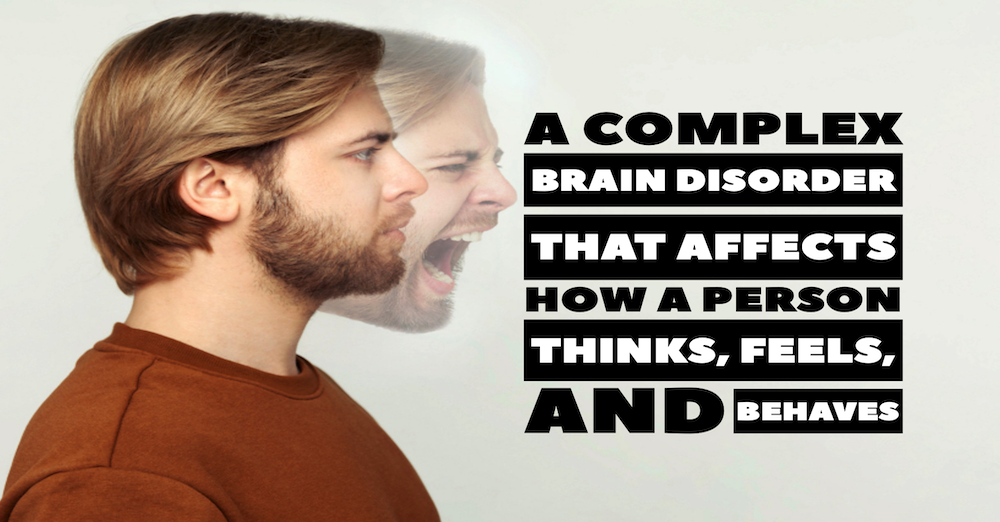
My friend Albert has bipolar disorder, so he experiences emotional ups and downs that are sometimes difficult to manage. At first, I had a hard time understanding him, but now I am more patient and understanding of his illness.
I remember when I first met my friend: he was outgoing, funny, and always had a bright smile. We spent a lot of time together and had a thousand adventures. Years later, things changed. Albert became more withdrawn and quiet. He slept all day and didn’t have much appetite, as well as changes in his personality, from a good mood one day to a terrible mood the next. It was then that Albert’s mother confessed to me that her son had been diagnosed with bipolar disorder.
As the name implies, it involves mood swings between depression and elevation, plus all points in the middle. However, it affects not only mood but also behavior, thinking and sleeping patterns, and feelings. Bipolar disorder in any form requires treatment. Otherwise, the person may be on a path of self-destruction. The suicide rate among bipolar is relatively high.
No one has explicitly identified bipolar disorder, but the most common suggestions are that it has something to do with cells and activity in the brain. U.S. mental health officials estimate well over two million adults have been diagnosed with bipolar disorder in the past ten years.
The National Institute of Mental Health, the National Alliance on Mental Illness, and the National Mental Health Association are just a few recognized U.S. organizations that provide information to anyone directly or indirectly affected by bipolar disorder.
According to the National Alliance on Mental Illness, bipolar disorder affects approximately 2.5 million adults, in the United States.
Here are some essential facts about bipolar disorder provided by these organizations that may alleviate some of your concerns and questions surrounding a recent diagnosis.
1 – There is no specific cause for bipolar disorder. Evidence suggests many components come into play, all of which modify the chemical balance of brain parts. Several studies on bipolar disorder in families demonstrate a genetic disposition toward the illness. Other factors: traumatic life events, chronic disease, alcoholism, and drug abuse.





